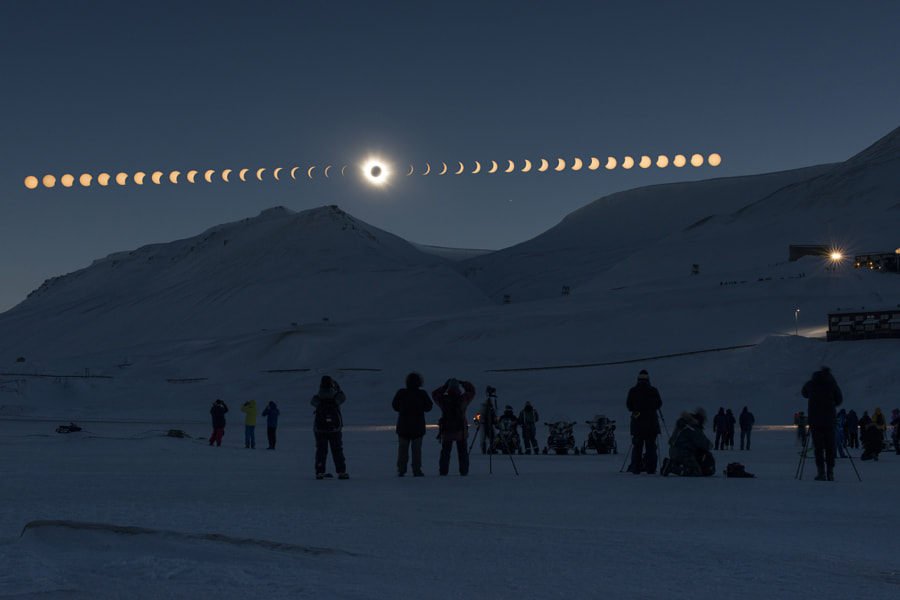Just in case you’re one of the few people who haven’t heard yet – on Monday, August 21st, the U.S. is going to experience a total eclipse of the sun for the first time since 1979. Although it will take approximately 90 minutes for the moon to make its journey across the sun, the total eclipse will be visible for less than 3 minutes. If you want to capture this rare celestial sight, you’ll want to be well prepared!
Here are five videos that will provide you with background information and helpful tips to photograph the eclipse.
WARNING! Remember to protect your eyes and camera lens when observing or photographing a partial eclipse by wearing solar eclipse glasses and using a solar filter for your camera lens. The only time it is safe to look directly at an eclipse is when the moon is completely positioned in front of the sun. Staring at the sun before or after can result in damage to your eyes and camera.
1. What is a Total Eclipse?
If you want a breakdown of the science behind an eclipse, this video by National Geographic is a great place to start. It explains the difference between the four types of eclipses and what to expect if you’re planning to see the eclipse on Monday.
2. When & Where to See the Total Eclipse
To see the full glory of a total eclipse you must be located along the path of totality-indicated by the red line in this video by NASA. If you’re not directly on the path you’ll see a partial eclipse. NASA has created an interactive map to help determine the ideal viewing time across the United States.
Don’t forget to take weather conditions into account on Monday. Along with checking the weather forecasts astrophotographers often use a mobile app like the Photographer’s Ephemeris or Photopills to get a clear idea of how weather conditions will affect lighting conditions.
3. Photographing the Eclipse with a DSLR Camera
Hudson Henry and Borrow Lenses have put together a great video full of tips for photographing the eclipse with your DSLR camera. He covers location scouting, gear, and the ideal camera settings to make sure you get the perfect shot.
4. How to Make A Solar Filter for Your Camera Lens
If you can’t get your hands on a solar filter for your camera lens don’t fret. Get crafty and make your own. This video by “MagicLightPhoto” will teach you two different methods for creating a DIY filter using solar film. If you decide to make your own filter please remember that you will still need to protect your eyes when photographing the sun.
5. Don’t Worry If You Can’t Catch This Eclipse, There Will Be More
The 21st Century has been dubbed the “Golden Age of Eclipses in North America”. You can read all about the upcoming eclipses here.
And finally, if you’re wondering “what the big deal about this anyway?”, we recommend you check out this moving TED Talk by Umbraphile David Baron.
Now that you’re ready to photograph the elcipse Upload your photos to 500px and include the keyword #Eclipse2017. We will share our favorite eclipse photos on 500px’s social media accounts.
